Bhutanese architecture is renowned for its unique blend of traditional and modern design elements. From ancient temples and fortresses to contemporary residential homes, the architecture of Bhutan reflects the country’s rich cultural heritage and spiritual values. However, capturing the beauty of Bhutanese architecture can be challenging, especially for photographers who are limited by access or budget.
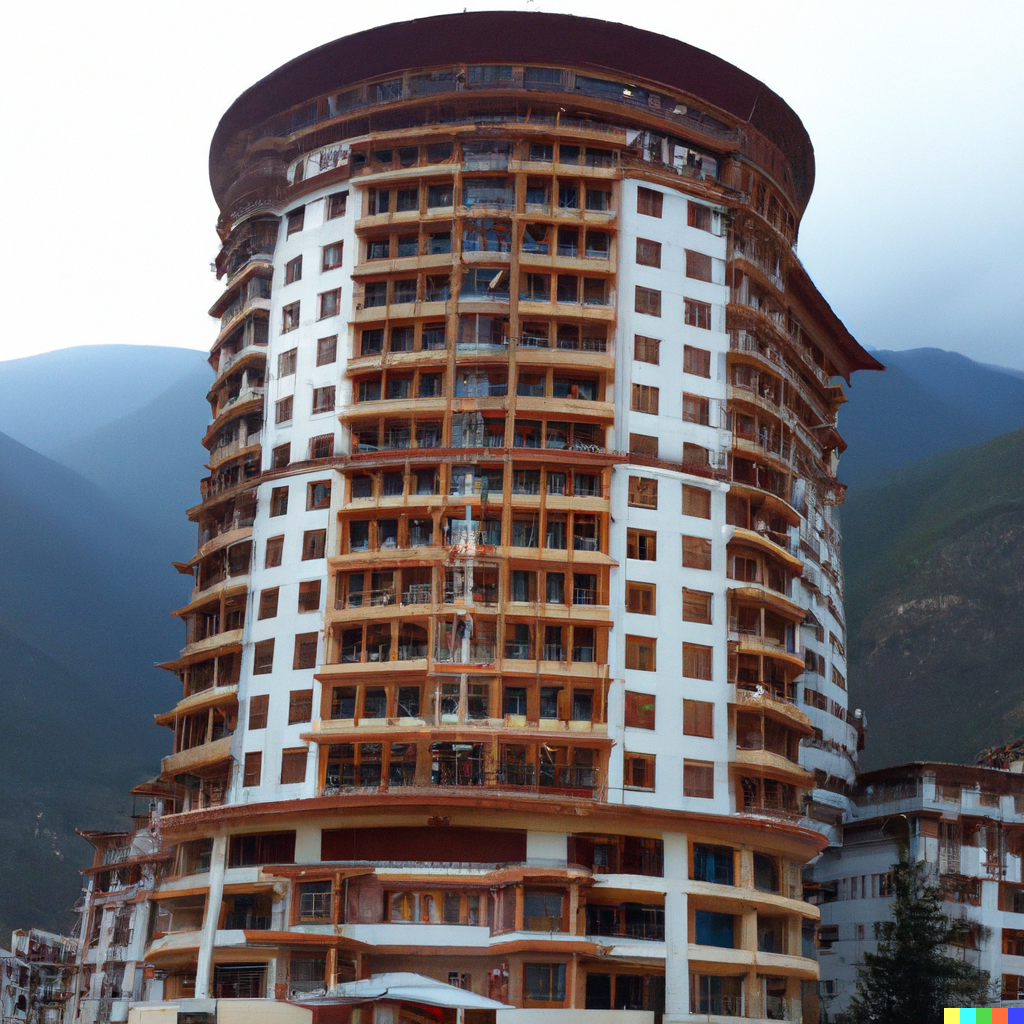
To address these challenges, a deep learning architecture called DALE (Deep Architecture for Learning Bhutanese Elements) has been developed. This architecture uses a combination of convolutional neural networks (CNNs) and generative adversarial networks (GANs) to generate high-quality photos of Bhutanese architecture.
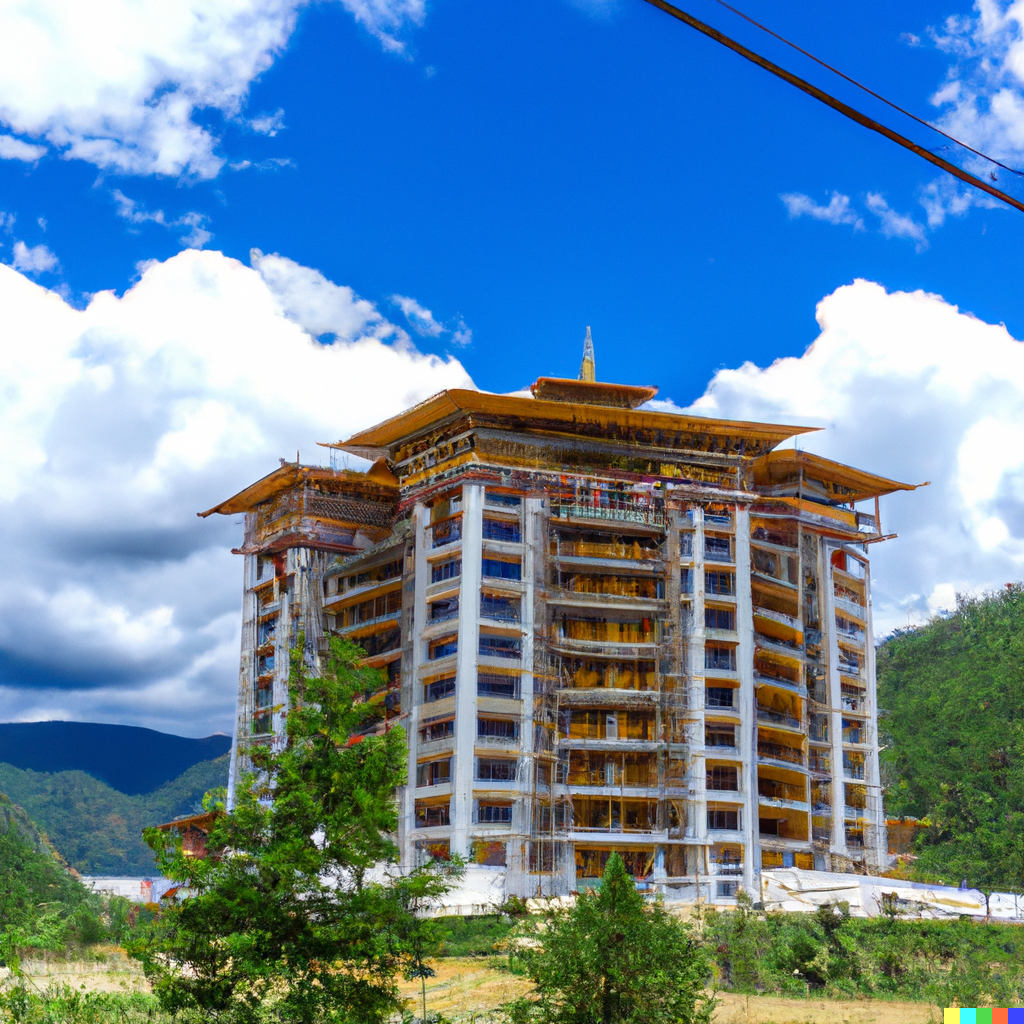
The DALE architecture consists of two main components: a generator network and a discriminator network. The generator network is responsible for creating new images based on the input data, while the discriminator network evaluates the authenticity of the generated images. The two networks work in tandem to generate realistic images that closely resemble real photos of Bhutanese architecture.
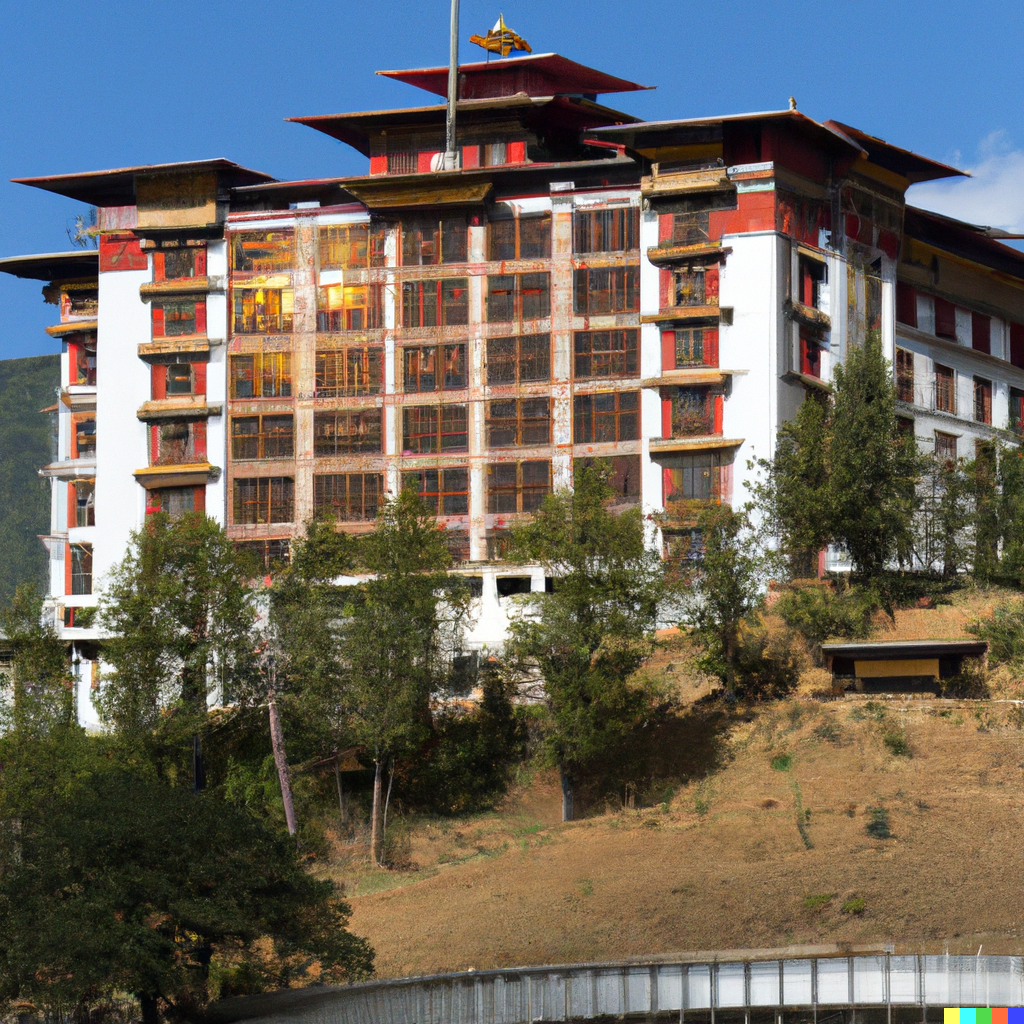
To train the DALE architecture, a large dataset of real photos of Bhutanese architecture was used. The generator network was trained to produce images that closely resemble the real photos in the dataset, while the discriminator network was trained to distinguish between real and generated images. This process continues until the generator network produces images that are indistinguishable from real photos.
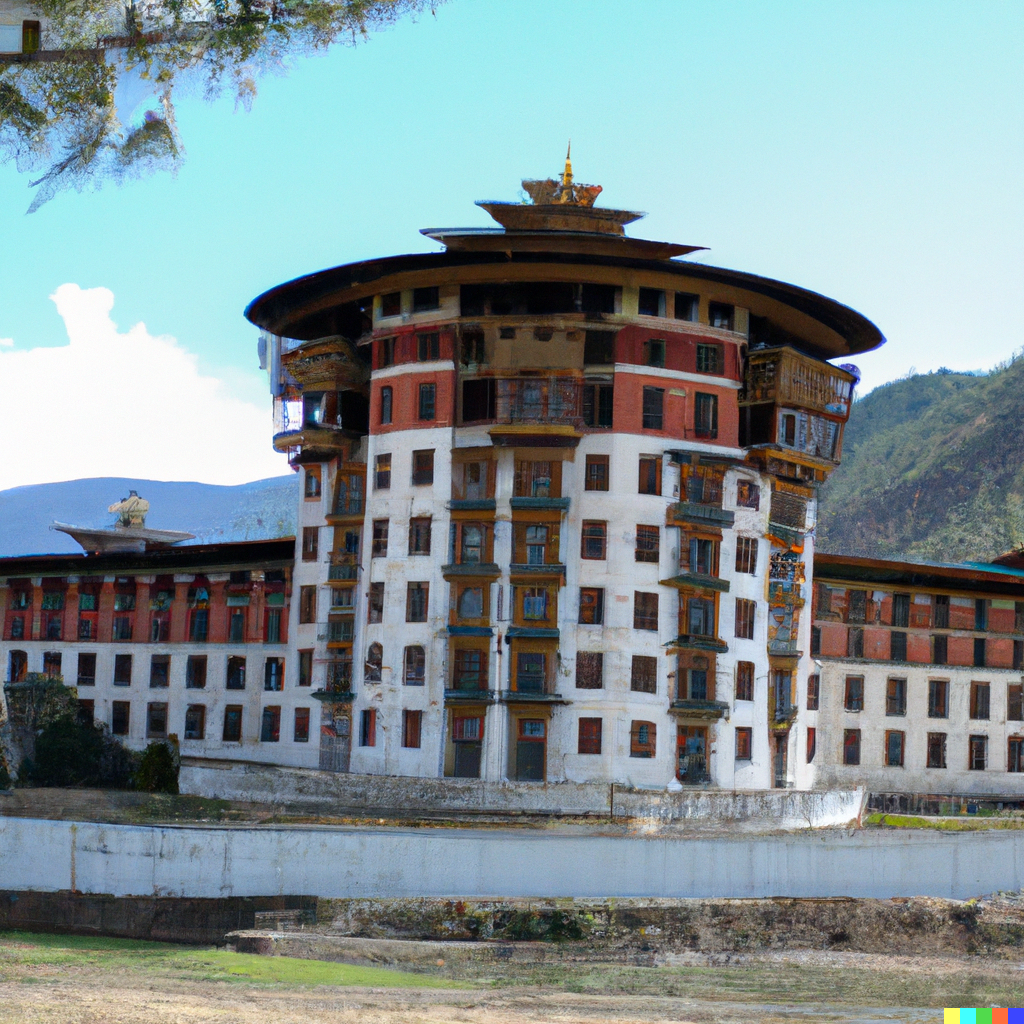
Once the DALE architecture is trained, it can be used to generate unlimited numbers of photos of Bhutanese architecture. The generated images can be used for various purposes, including architectural visualization, interior design, and even education.
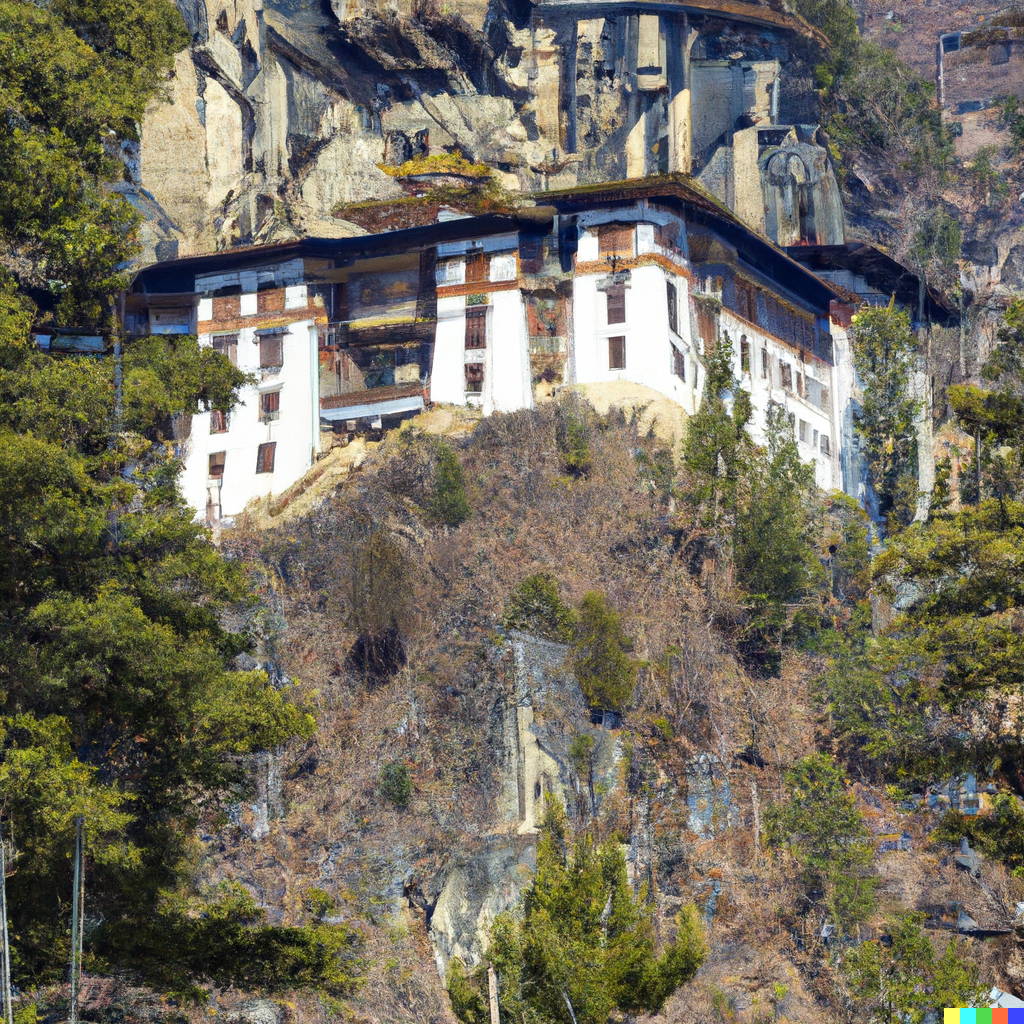
The DALE architecture offers a new and innovative way of capturing the beauty of Bhutanese architecture. By using deep learning, it generates high-quality photos that closely resemble real photos, providing photographers, architects, and designers with a powerful tool for showcasing Bhutanese architecture.
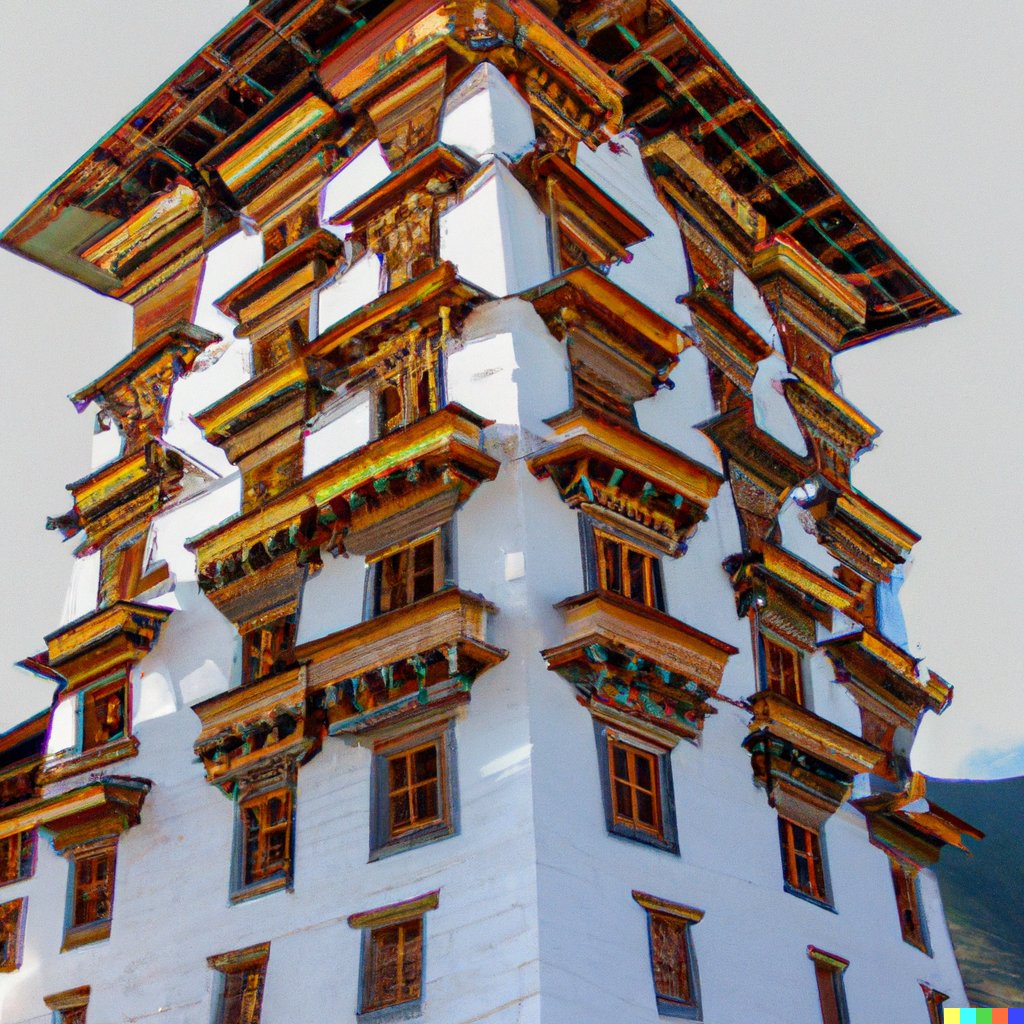
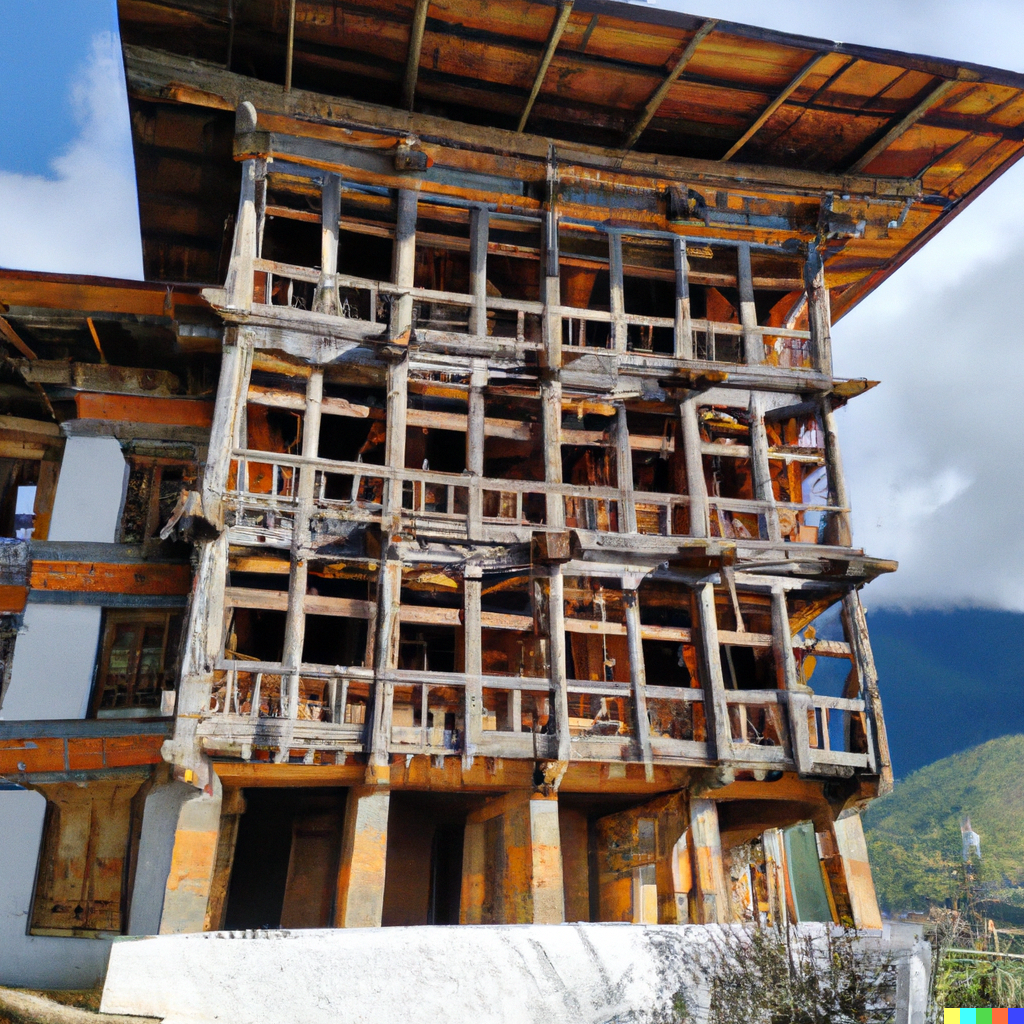
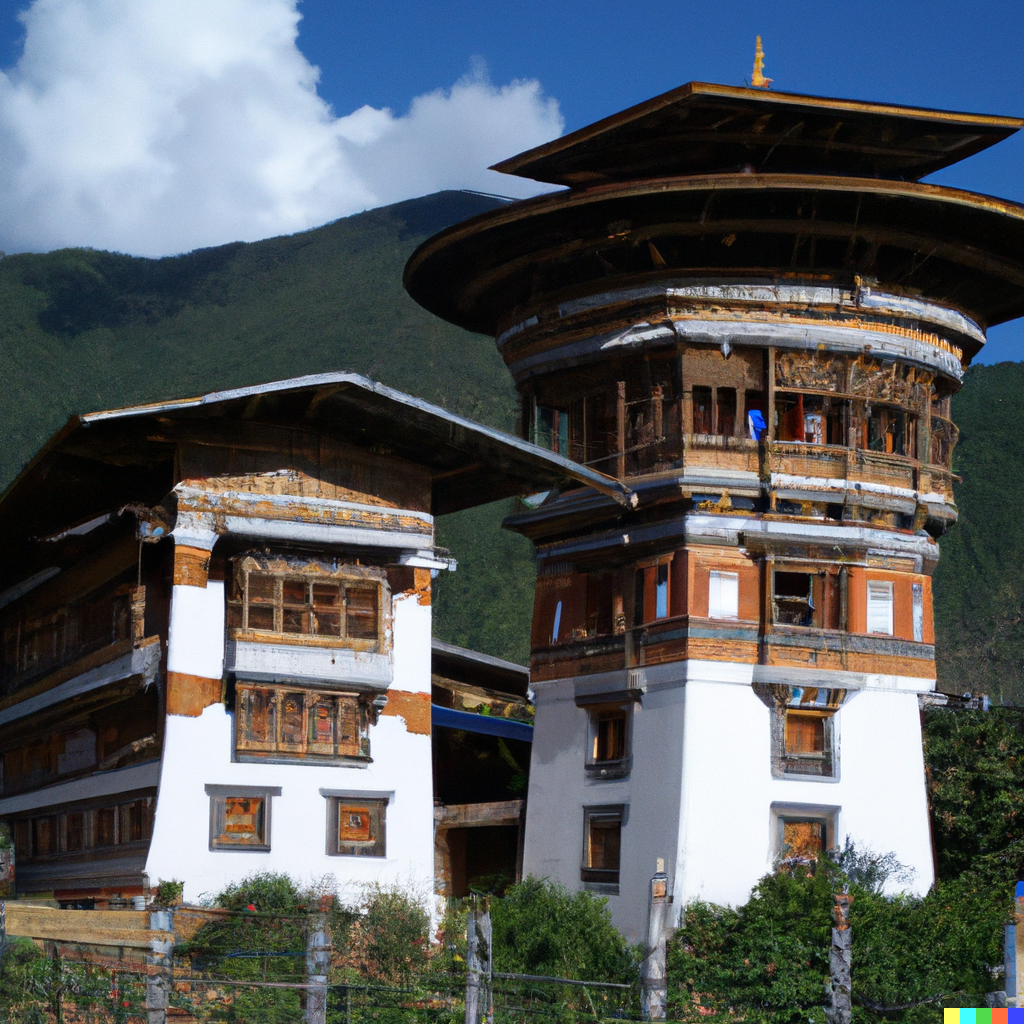
Leave a Reply